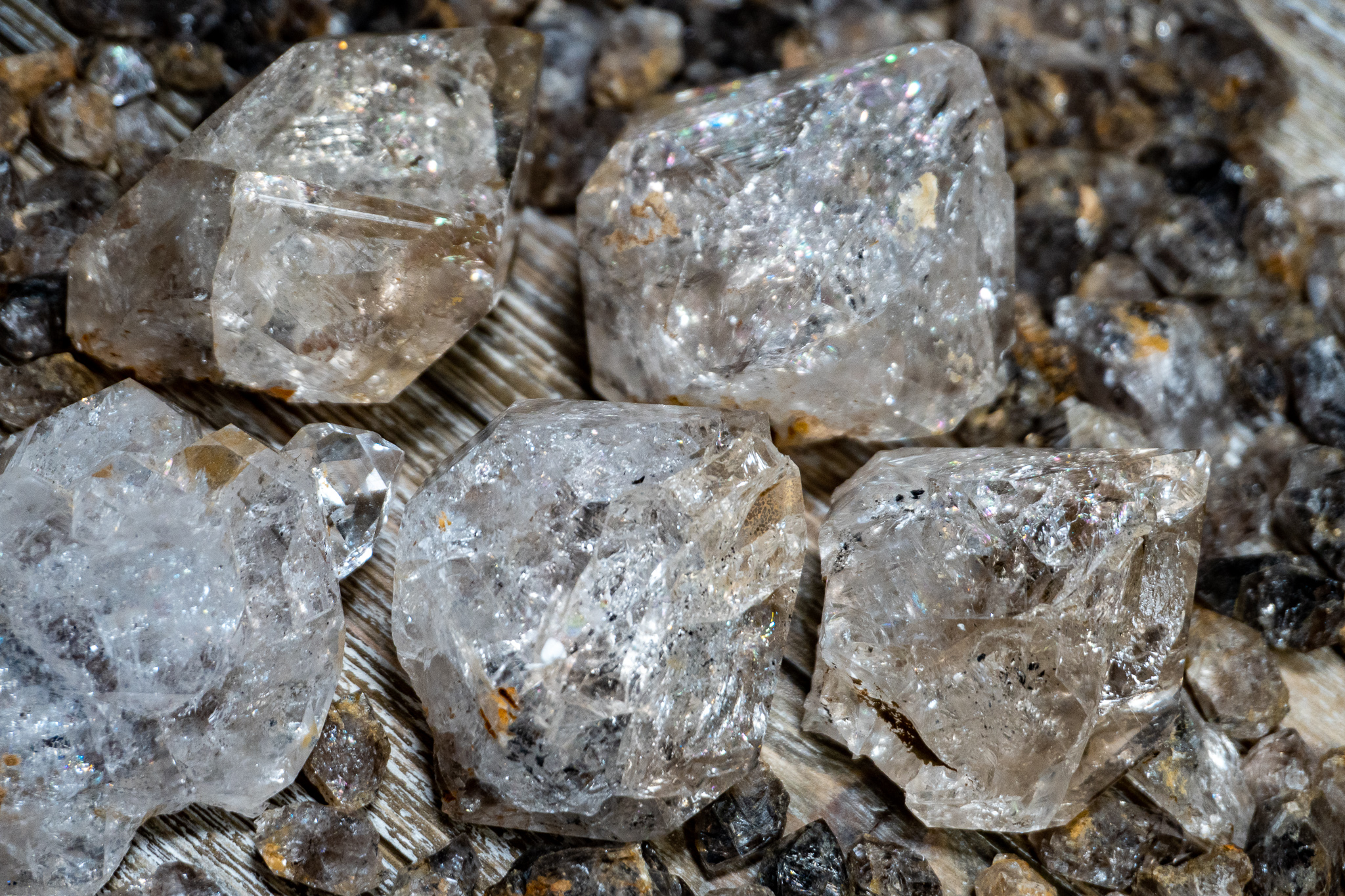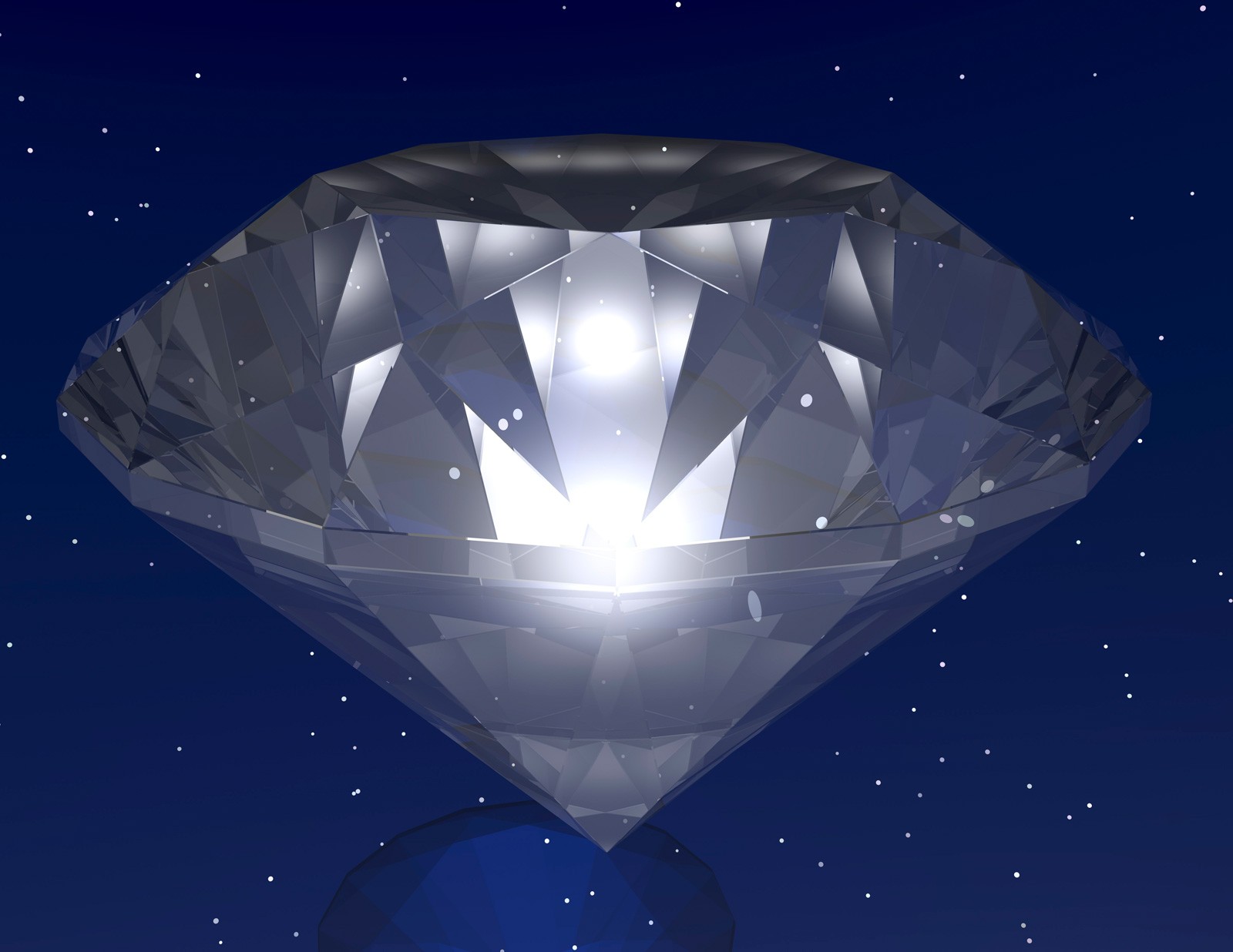Historical Significance and Cultural Symbolism

Diamond meaning – Diamonds have captivated human imagination for millennia, transcending time and cultures to become emblems of enduring value and profound meaning. Their exceptional brilliance and durability have rendered them cherished adornments, sacred objects, and symbols of love, purity, and eternity.
In the realm of precious stones, diamonds have long symbolized purity and eternity. Their shimmering facets reflect the light of the sun, illuminating the path of love and commitment. But when a diamond’s brilliance is paired with the cold steel of a sword meaning , it transforms into a symbol of both beauty and danger.
Like a diamond, a sword is both sharp and fragile, its edge capable of both protecting and piercing.
In Ancient Times
In ancient India, diamonds were believed to possess medicinal and protective properties, warding off evil spirits and bestowing strength and vitality. The Romans associated diamonds with Venus, the goddess of love and beauty, while the Greeks believed they were the tears of the gods. In medieval Europe, diamonds were prized for their ability to reflect light, symbolizing divine favor and purity.
The diamond, a symbol of eternity and purity, has long been associated with connections. From the intricate latticework of its crystal structure to the enduring bonds it represents, the diamond whispers secrets of connection. As we navigate the complexities of today’s world, we seek connections that ground us and guide us.
Just as the diamond connects the past to the future, so too can we find solace and inspiration in the connections we forge. Connections hint today of a brighter tomorrow, reminding us that even in the face of adversity, the bonds we share illuminate our path.
As Symbols of Love and Commitment, Diamond meaning
The tradition of exchanging diamond rings as a symbol of love and commitment originated in the 15th century. The diamond’s enduring nature and its association with purity made it an ideal representation of the eternal bond between two people. Today, diamond engagement rings remain a universal symbol of love, fidelity, and lasting connection.
In Art and Rituals
Diamonds have played a significant role in art and rituals throughout history. They have adorned crowns, scepters, and other royal regalia, symbolizing power and authority. In religious ceremonies, diamonds have been used to represent divine presence and purity. The Koh-i-Noor diamond, one of the most famous in the world, is said to have been worn by the Mughal emperor Shah Jahan and is now part of the British Crown Jewels.
Geological Formation and Properties: Diamond Meaning

Diamonds are formed deep within the Earth’s mantle, under conditions of extreme heat and pressure. They are created from pure carbon that has crystallized over billions of years. The carbon atoms in a diamond are arranged in a rigid lattice structure, giving the mineral its exceptional hardness.
Diamonds are the hardest known natural material, with a Mohs hardness of 10. They are also excellent thermal conductors, making them useful in industrial applications such as cutting tools and heat sinks.
Diamonds are classified into different types and grades based on their clarity, color, and carat weight. Clarity refers to the presence of inclusions or blemishes in the diamond, while color refers to the amount of yellow or brown tint present. Carat weight is a measure of the diamond’s weight in carats, with one carat being equal to 200 milligrams.
Ethical Considerations and Industry Practices

Diamond mining raises ethical concerns regarding environmental degradation and human rights violations. Large-scale mining operations can disrupt ecosystems, pollute water sources, and displace local communities.
In response to these concerns, the Kimberley Process Certification Scheme (KPCS) was established in 2003 to prevent conflict diamonds from entering the legitimate diamond trade. The KPCS requires participating countries to implement strict controls on diamond production and export, ensuring that diamonds are not sourced from conflict zones.
Synthetic Diamonds
Synthetic diamonds, grown in laboratories, have emerged as an alternative to natural diamonds. They offer similar optical and physical properties but are more ethically and environmentally friendly, as they eliminate the environmental impact and human rights concerns associated with mining.
The increasing availability of synthetic diamonds has the potential to disrupt the natural diamond market, leading to price fluctuations and a shift in consumer preferences towards sustainable and ethical options.
Diamonds, the hardest known natural material, symbolize strength and resilience. But in the realm of symbolism, where meanings intertwine like the facets of a diamond, they also hold a connection to the sword , a symbol of power and authority.
Just as a diamond’s brilliance cuts through darkness, the sword’s sharp edge carves a path through obstacles, reflecting the indomitable spirit that both gems embody.
Diamonds, emblems of love and eternity, bear a different meaning in the verdant world of olives. Here, where silvery leaves dance in the sun, olives symbolize resilience, enduring through droughts and wars. Yet, in their ancient forms, diamonds too were said to hold the power of protection, warding off evil and granting strength.
Thus, these two gems, born of different elements, share a common thread of symbolism, connecting them in a realm where the meaning of life itself is multifaceted and profound.
Diamonds, symbols of eternal love and unwavering strength, hold secrets within their crystalline depths. Their exceptional hardness stems from the intricate lattice of carbon atoms, which also gives rise to a phenomenon known as quantum pits. These microscopic defects, created by imperfections in the crystal structure, can trap and manipulate light, endowing diamonds with extraordinary optical properties.
And so, the diamond, a symbol of resilience and allure, continues to captivate with its enigmatic depths and hidden wonders.